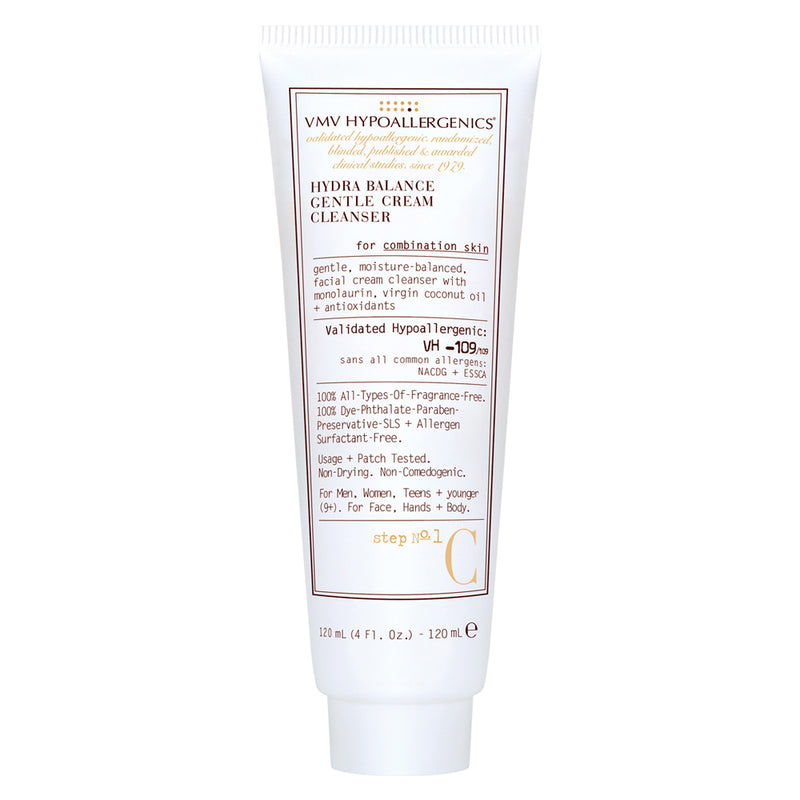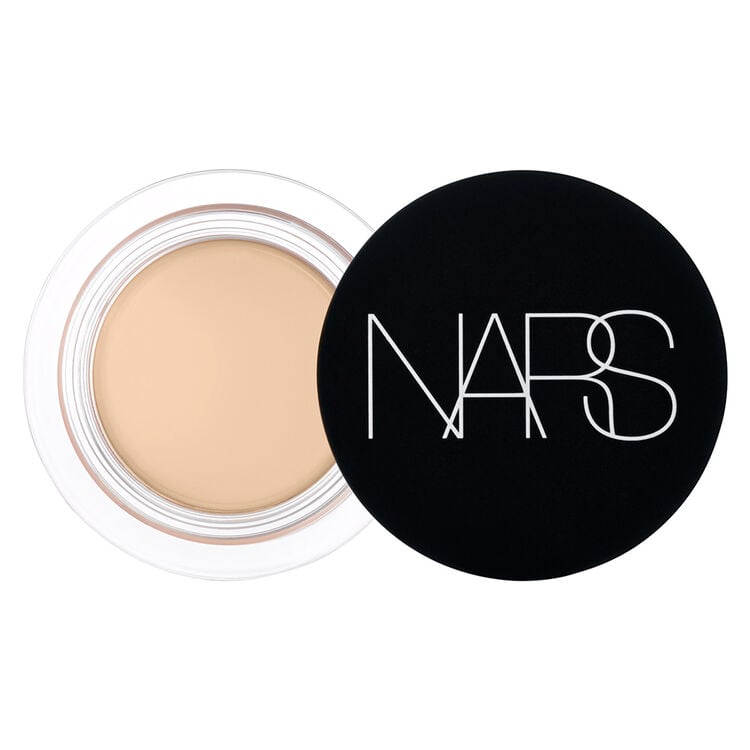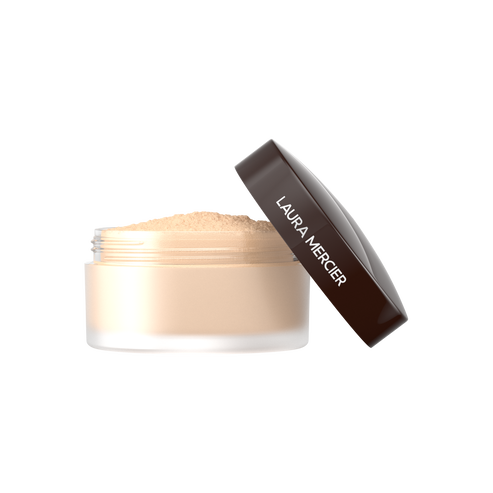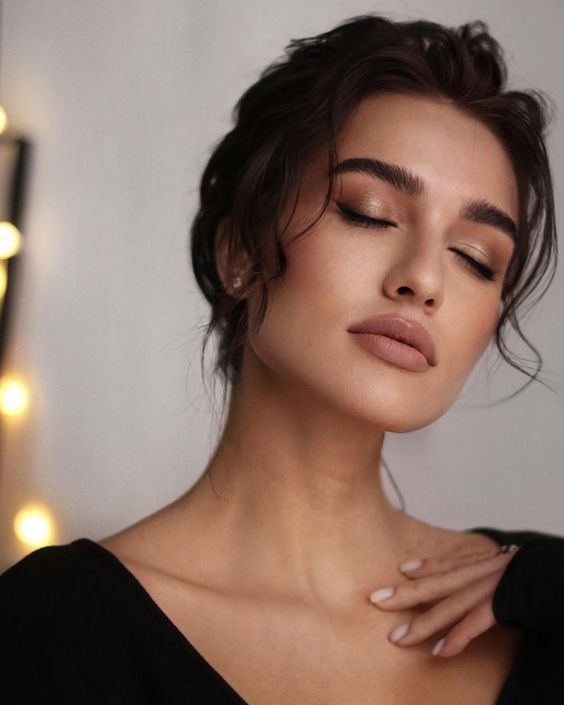Colour correction is the makeup artist’s secret weapon for getting a perfect, glowing complexion. You can look more awake, alert, and prepared to take on the day by using color-correcting procedures, regardless of whether you’re battling with redness, dark circles, or dullness. With the help of this in-depth book, you will learn the art of color correction and be able to improve your natural beauty with the use of suggestions, techniques, and product recommendations. With the correct information and resources, you can attain a vibrant, confident-radiating complexion.
Understanding the fundamentals of color theory is crucial before you start applying color-correcting makeup. When paired, complementary colors—those that are opposite each other on the color wheel—neutralize each other. Green, for instance, balances redness, orange hides dark circles with a blue tone, and purple enlivens pale, yellow-toned complexion. Equipped with this understanding, you will be capable of selecting the appropriate color correctors for your particular issues.
Selecting the Right Color Correctors
Color correctors are available in a variety of formats, including liquids, sticks, powders, and creams. The format that works best for you can be chosen based on your preferences and the level of concern you have. The applications of a few common color correctors are as follows:

Givenchy
Prisme Libre Skin-Caring Corrector
Green: Diminishes redness and imperfections.
Peach or Orange: On medium to deep skin tones, conceals hyperpigmentation and dark circles.
Peach or pink: Enhances pale or lifeless skin tones.
Lavender or purple: Enhances skin brightness and balances yellow tones.
Yellow: On fair skin tones, it conceals dark circles with blue or purple tones.
Salmon: For light to medium complexion tones, this color targets dark circles.
Canvas Preparation

HYDRA BALANCE GENTLE CREAM CLEANSER FOR COMBINATION SKIN
It’s important to start with a clean, moisturized face before using color correctors. After using a mild cleanser to get rid of any debris or pollutants, prime and hydrate your skin with your preferred moisturizer. Before starting the colour-correcting process, let the moisturizer soak completely.
Applying Color Correctors
Start by immediately applying a tiny bit of color corrector to the troubled region. Blend the product into your skin gently with a cosmetic sponge, brush, or your fingers. Because color correctors are very pigmented and a little goes a long way, exercise caution when applying them. Build up the product gradually until the required amount of coverage is reached.

When using color correctors in your cosmetic regimen, a good sponge helps to mix the product seamlessly and avoid sharp lines. The sponge ensures longer-lasting makeup by absorbing the perfect amount of product, preventing overapplication. Its bounce and flexibility make it possible to apply it precisely in difficult locations, which helps to create a finish that is perfect and well-blended.
When applying color correctors with makeup brushes, choose a small, precise brush for targeted correction and a larger brush for blending. Apply the least amount of product possible, brushing it over larger areas or gently tapping it on for more accurate repair. To get a natural and well-blended finish, try different brush shapes for varying corrective needs and clean your brushes regularly to keep them effective.
Layering and Blending

It’s time to apply your normal concealer or foundation on top of the color corrector. Apply a skin-tone-matched product evenly over the areas that have been repaired. For a natural look, use a makeup brush or sponge to blend the borders smoothly. By using layers, you can make sure that the places you’ve color-corrected mix in perfectly with the rest of your makeup.
Setting Your Makeup

Translucent Loose Setting Powder
Use a translucent setting powder on the areas where you’ve applied makeup to ensure that your beautiful complexion stays in place. This process aids in mattifying and keeps the hair from wrinkling or smearing during the day. To prevent over-powdering, apply a little touch, particularly on sensitive regions like the under-eye area.
Finishing Touches
Use your best makeup brushes, blush, bronzer, eyeshadow, and lipstick to finish off your appearance. Observe the harmony and radiance of your makeup by paying close attention to its overall balance.
With color-correcting makeup, you may target particular skin concerns and accentuate your natural glow. It’s a strong weapon in your beauty toolbox. Through comprehension of color theory and careful product selection, you can attain a radiant, youthful complexion that radiates confidence. You’ll become an expert in color correction and have no trouble achieving a beautiful cosmetic look with a little effort and trial and error. Accept your newfound understanding and allow your skin’s vivid, radiant tone to show through.
